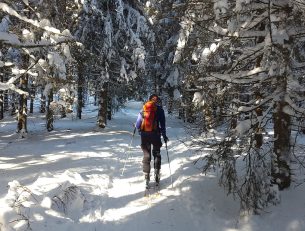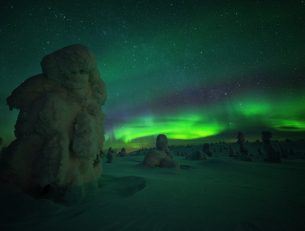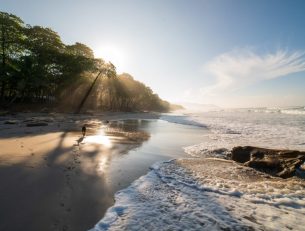Iceland is one of the most compelling travel destinations in the world. A combination of volcanic activity, glacial mountain landscapes, geysers, black sand beaches, geothermal lagoons and the northern lights make it a stunning collection of natural wonders, but leaves many asking what the best time of year to visit Iceland is.
As the name suggest, Iceland gets seriously cold, and at winter the island experiences just a few hours of daylight per day. So, when exactly is the best time to visit Iceland?
In this blog, we’ll outline some top tips for visiting Iceland, so that you can plan your next trip to coincide with the northern lights, the top tourist attractions, and the ideal weather to create your perfect activity holiday in Iceland.
Best time to see the Northern Lights in Iceland
Each year, thousands of travellers flock to visit Iceland to catch a glimpse of nature’s most spectacular light show. Thanks to its northern latitude, the northern lights are a common sight in the dark skies of Iceland, but it’s still useful to know the best time of year to visit Iceland when you want to catch the northern lights.
Clearly, the more darkness you get, then the more chance you have of seeing the northern lights. So, there’s very little point in visiting Iceland in the summer, when there is almost no darkness whatsoever.
The best time to see the northern lights in Iceland is between September and March, although it’s thought that the months of November, December, and January will give you a slightly lower chance of seeing the northern lights.
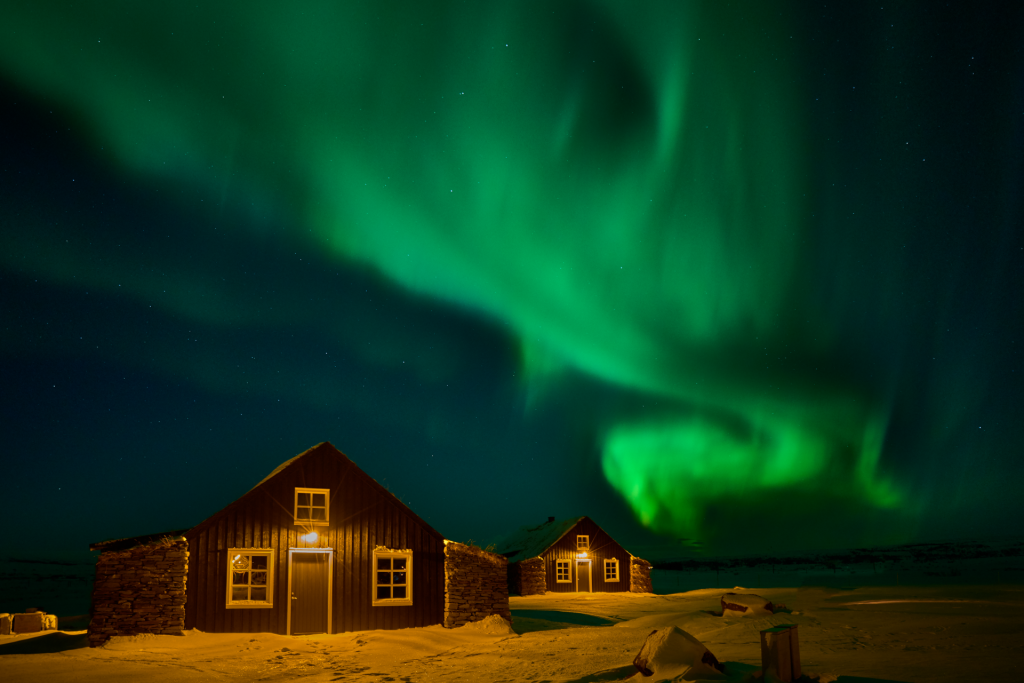
Once you’ve picked your time to go, you can either head out on northern lights cruises to escape the light pollution of the city, or to remote retreats far from any urban build-up. No matter what activity holiday in Iceland you choose though, you will want to visit Iceland in the months of September, October, February and March to give yourself the best chance of witnessing the northern lights.
What is the best time of year to drive Route 1 in Iceland?
One of the most incredible ribbons of tarmac in the world, Route 1 in Iceland wraps around the entire circumference of the island and is ready-made for an unforgettable road trip.
But with much of the rugged, wild interior inaccessible during the winter months, if you’re visiting Iceland to drive the full length of the Ring Road, what is the best time of year to hop in your car or camper van and set off on the adventure of a lifetime?
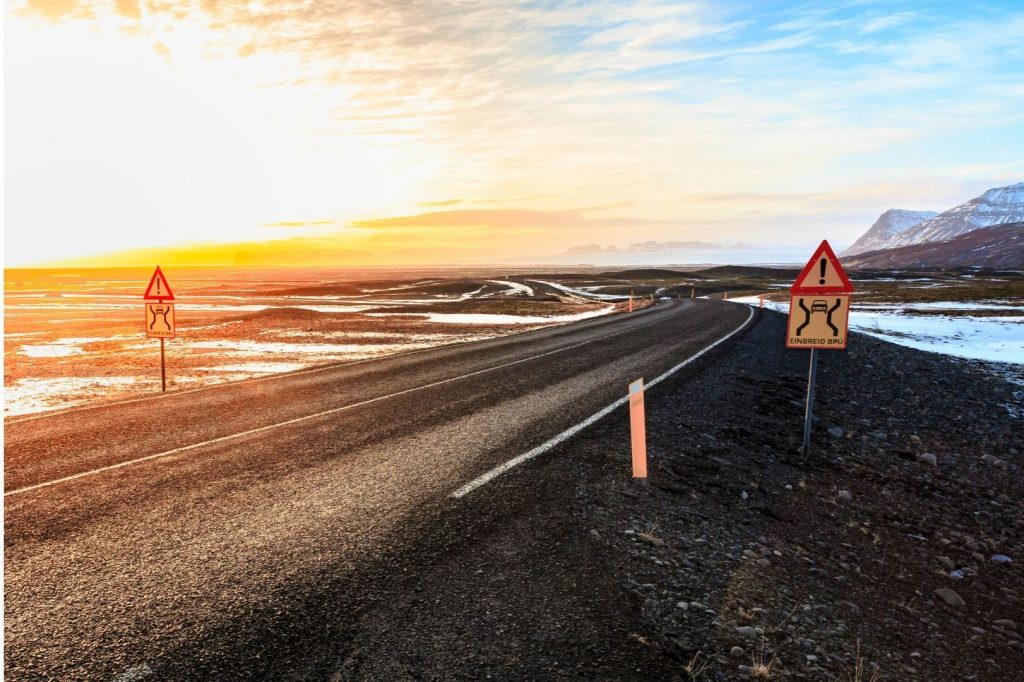
Of course, many travellers choose to drive Route 1 in the summer months, where the long days allow for more time sightseeing and driving, and the roads to the interior are passable if you want to go on an even more off the beaten track adventure.
However, if you wish to, you can absolutely drive the Ring Road even in winter. The road conditions may be less ideal and the days shorter, but there’s a special kind of beauty in how wild northern Iceland looks under ice and snow, and of course there’s a greater chance of you spotting the northern lights. Remember, if you’re going to travel around Iceland in the winter, always do your research and keep up with the latest news on road closures, weather reports etc.
What is the best time of year to go whale watching in Iceland?
You could really go whale watching in Iceland at any time of year, but because of migration patterns, ocean currents and a myriad of other factors, there are some months of the year that, if you’re looking to go whale watching, are the best time to visit Iceland.
Generally, the summer months are better for whale watching in Iceland, particularly as it’s easier to get up to the north coast (where the best whale watching is) during the summer.
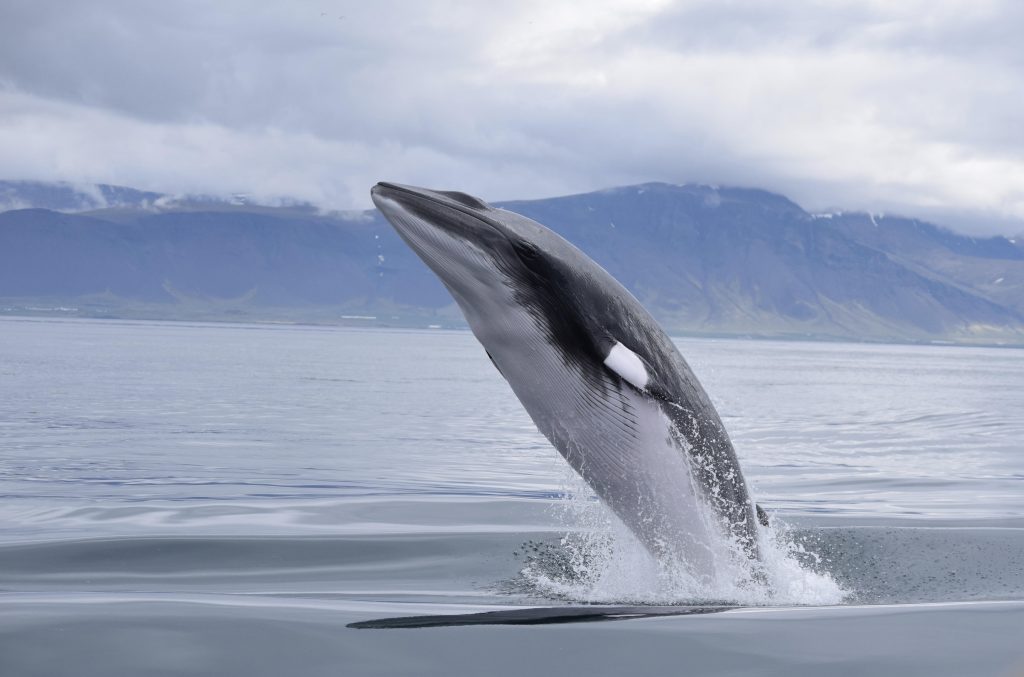
Throw in the fact that you simply have more light to see by, as well as the migrations north in June and July (and the return trip in September) and you have the ideal conditions to set off from almost any port in Iceland for a trip to see these magnificent creatures.
So, bear in mind that if you pick an activity holiday in Iceland that includes whale watching, your best odds will be in the summer months.
Will Iceland’s tourist attractions be open in winter?
Absolutely, yes. Iceland, while having some seriously cold and dark weather in the winter, is a year-round destination. Visiting Iceland in the winter not only provides unique experiences like viewing the northern lights, but you’re likely to completely skip the queues and crowds and witness incredible frozen waterfalls and lakes.
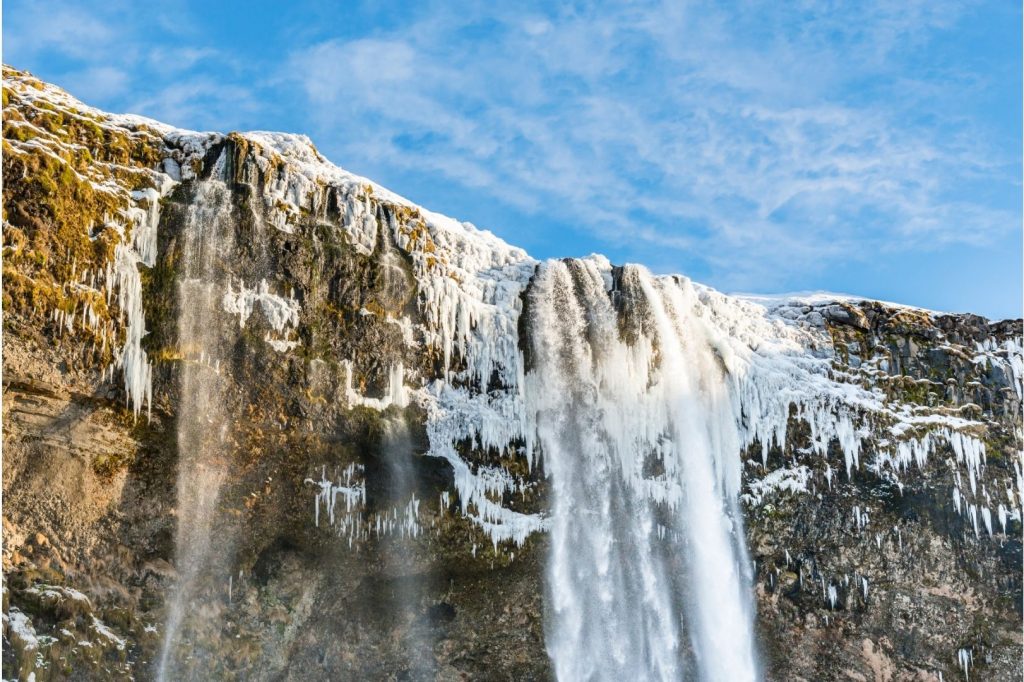
And of course, it’s never cold in the geothermally heated pools that can be found all over the country, and basking in warm natural waters under the stars, and the northern lights reflecting off the snow all around you is a pretty unforgettable experience.
Remember, most of Iceland’s tourist attractions are natural, so they’re never closed! We wouldn’t say that the best time of year to visit Iceland to see x or y is this specific month or that specific month, because each time of year brings its own charm and unique characteristics that make your trip truly memorable. Realistically, the best time to visit Iceland is as soon as you get the chance.
Here at Not In The Guidebooks, we offer a wide variety of tours, breaks and retreats in Iceland, all designed to get you off the beaten track and really getting to know the Iceland beyond the standard tourist routes. Whether it’s relaxing in a beautiful eco-retreat in the wilderness, exploring ice caves or active volcanoes, walking on glaciers or hiking in stunning national parks, there is something in Iceland for any traveller who has a real thirst for adventure.




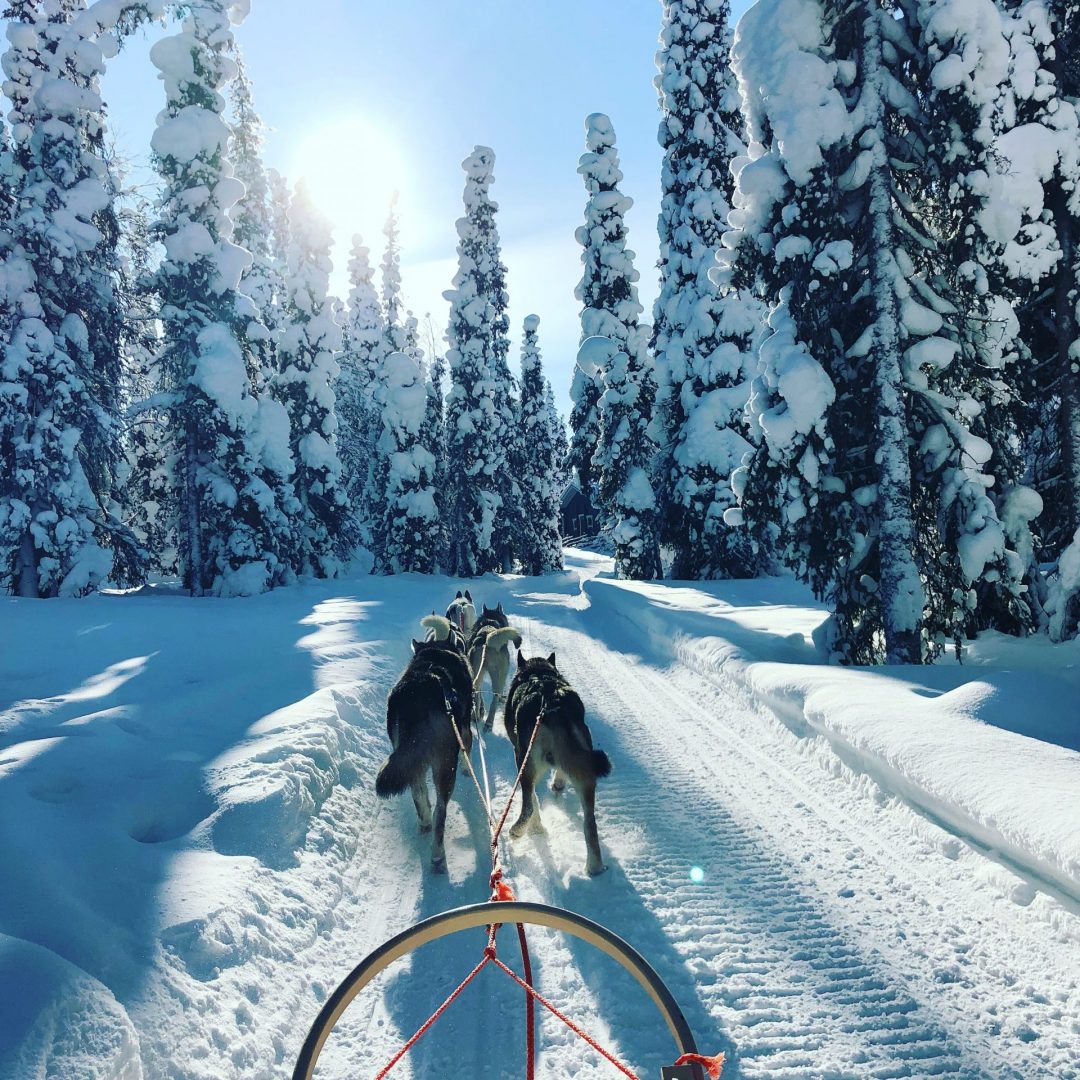

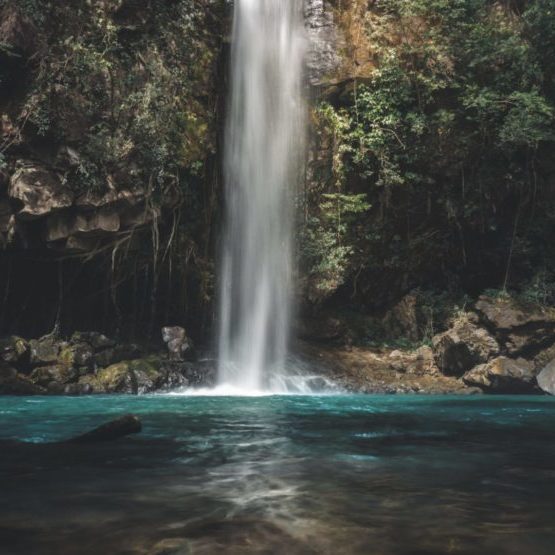
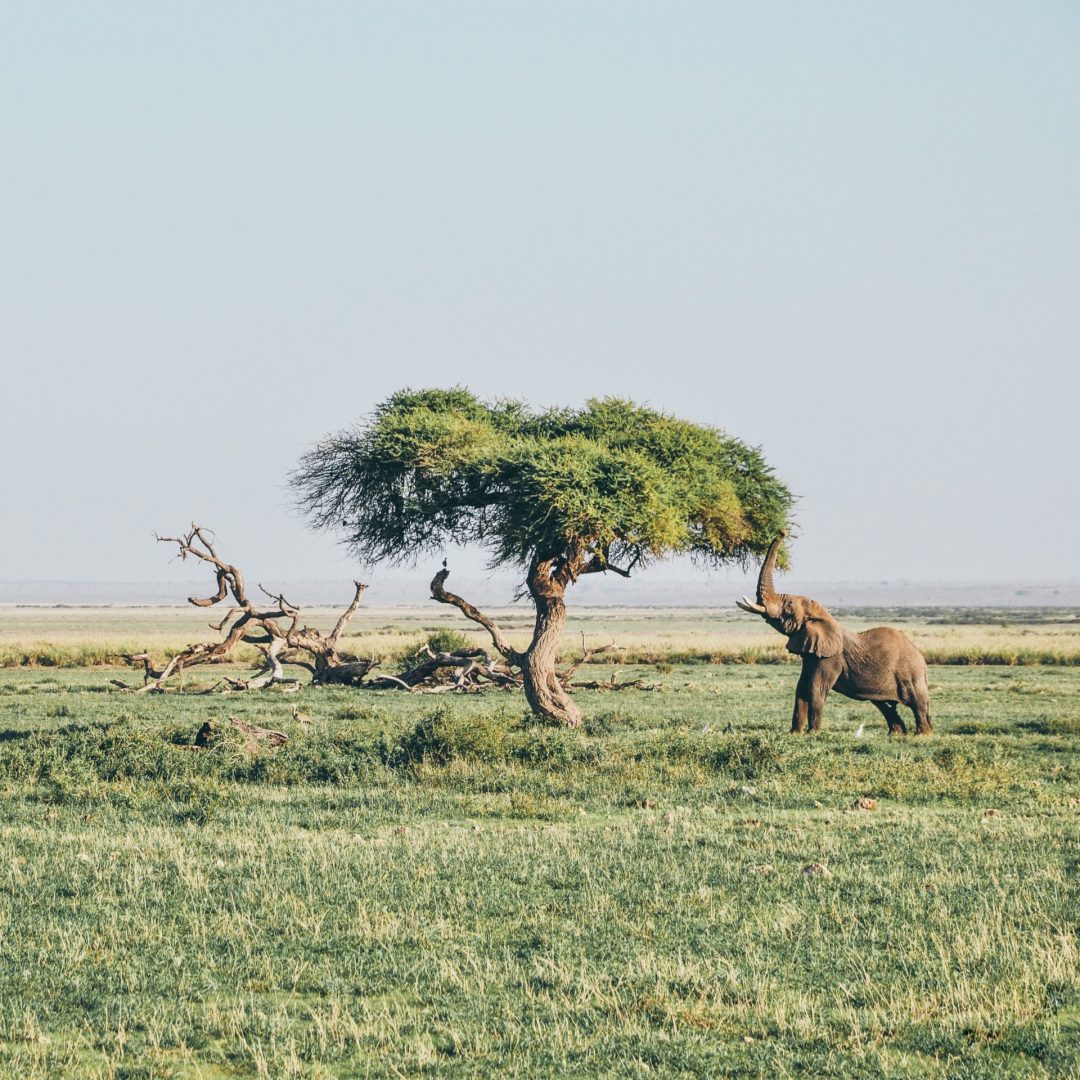

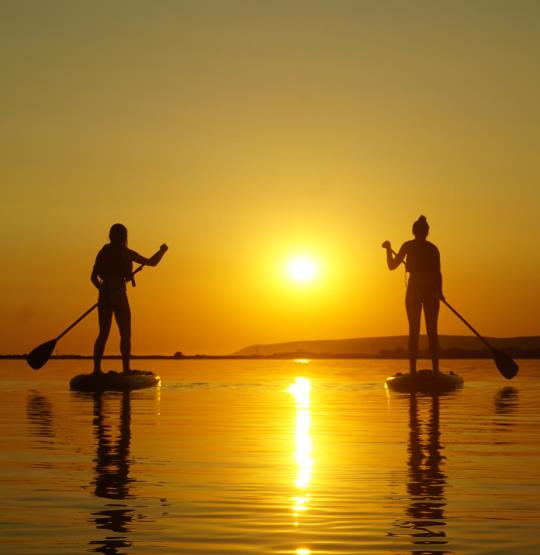

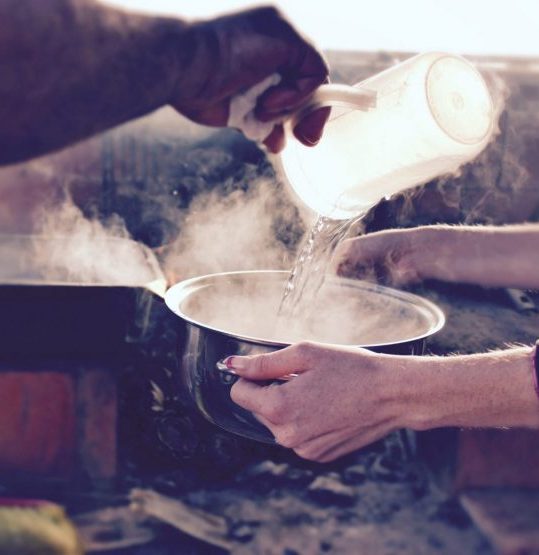

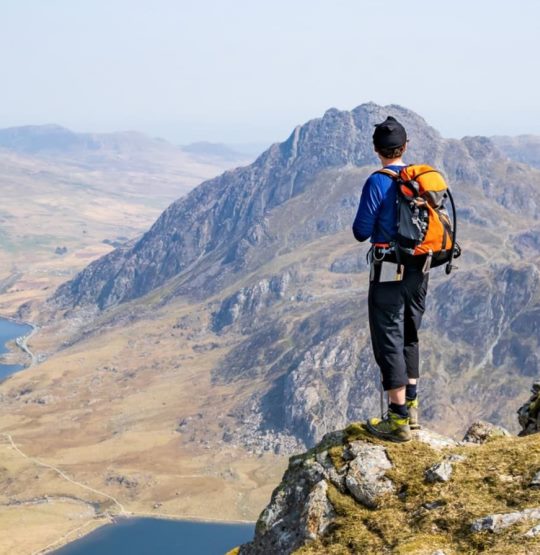
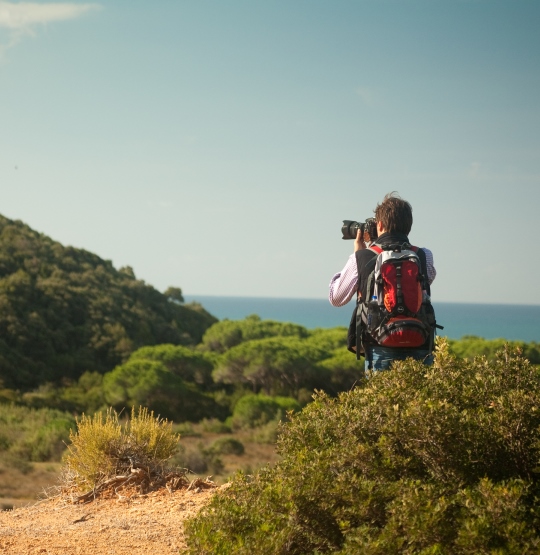
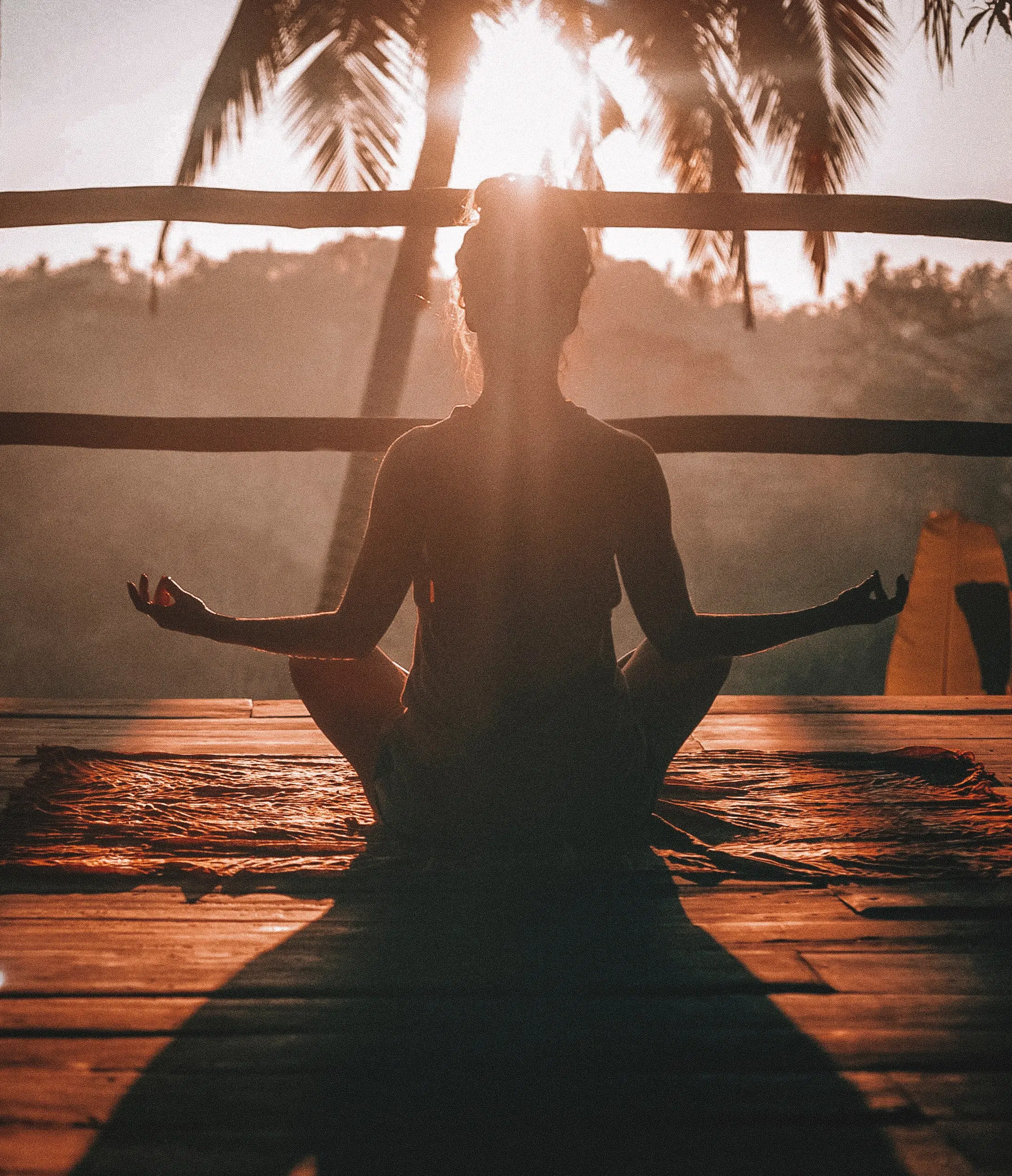

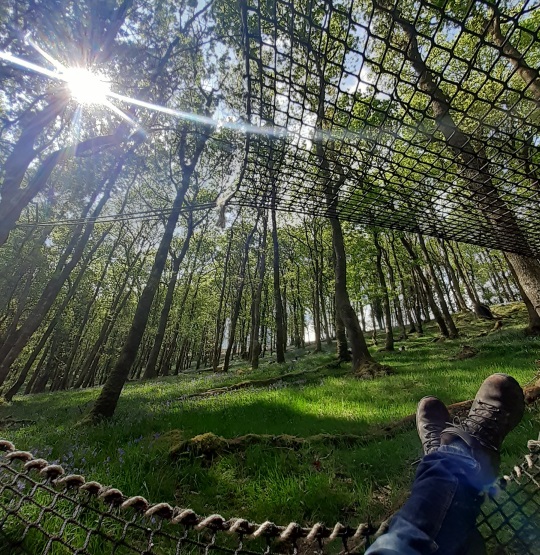

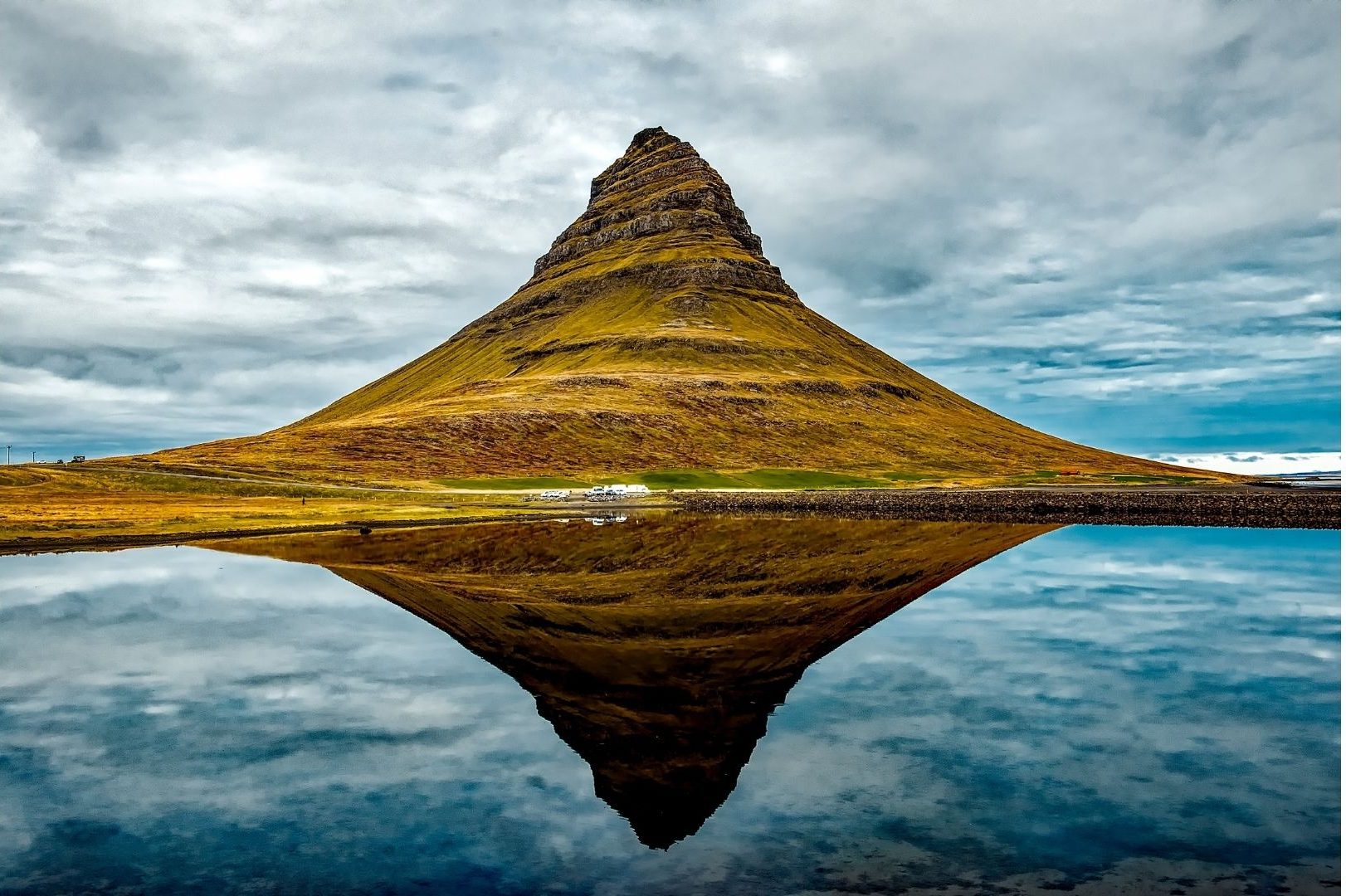

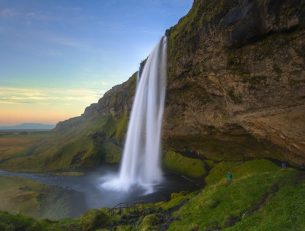
 10/09/2021
10/09/2021  Features
Features 